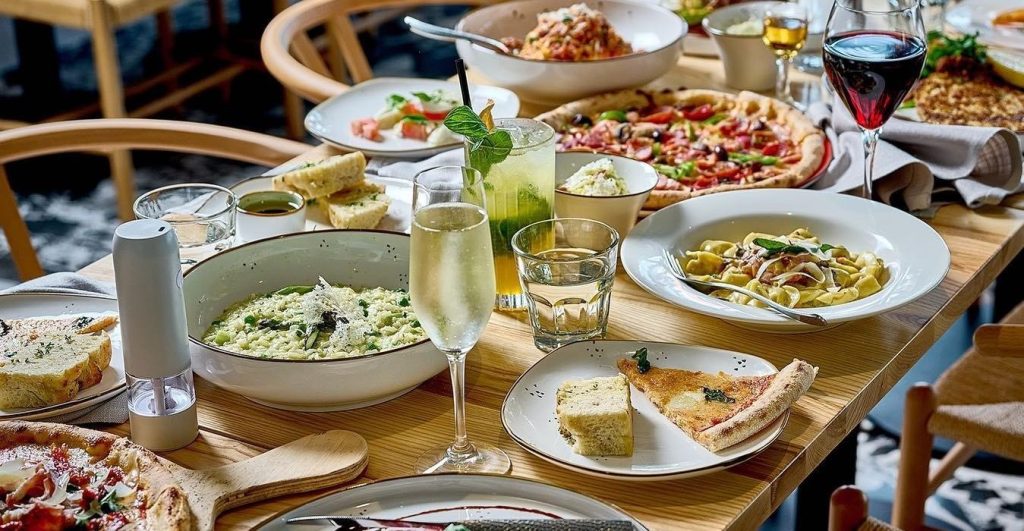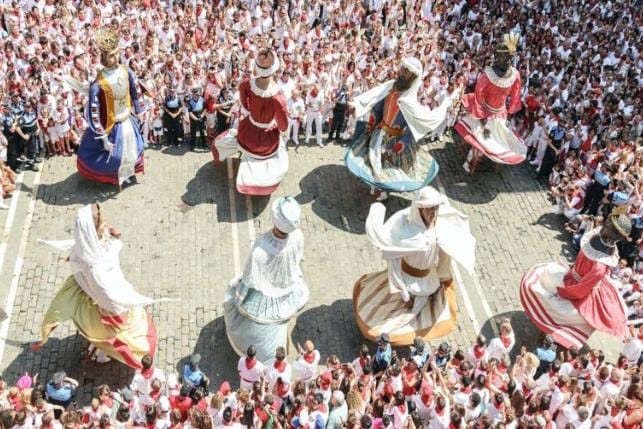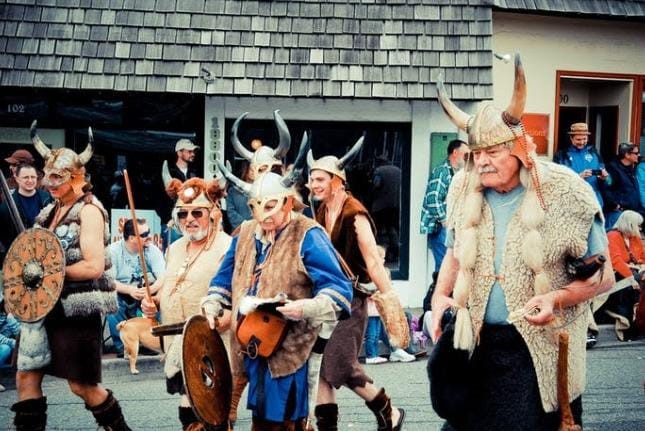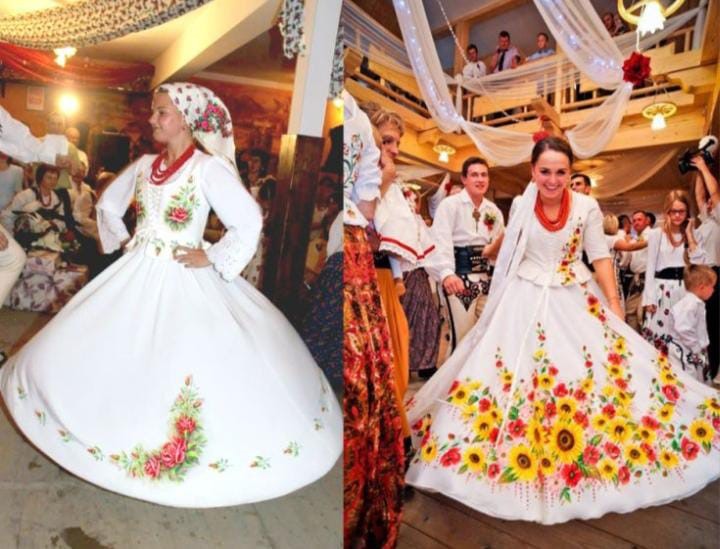Eastern Europe is home to 10 countries. It is home to approximately 290 million people. They include Russia, Ukraine, Poland, Belarus, Moldova, Romania, Bulgaria, Hungary, Slovakia, the Czech Republic, and the Baltic States (Estonia, Latvia, and Lithuania).
These countries were once part of the communist Eastern bloc during the Cold War, and the USSR was leading them.

These countries have unique identities shaped by their historical influences and cultural heritage. The region is known for its rich historical legacy, from the Byzantine Empire and the medieval kingdoms of Eastern Europe to the Soviet and Cold War eras, which has left an indelible mark on the region.
Eastern Europe is a remarkably diverse region. It is home to Russians, Ukrainians, Poles, Hungarians, and Romanians. They contribute to the region’s cultural vibrancy. The religious landscape is equally mixed. Eastern Orthodoxy, Roman Catholicism, Protestantism, Judaism, and Islam.
As we delve into Eastern European greetings, we’ll explore how historical influences have shaped these customs. We’ll also examine how modernization and globalization impact these age-old practices as Eastern Europe continues to balance preserving cultural authenticity and embracing the dynamics of the 21st century.
Understanding Eastern European Greetings
Greetings are essential to Eastern European culture, illuminating the region’s rich and diverse heritage. Understanding these greetings allows for deeper cultural appreciation, fosters cross-cultural understanding, and contributes to the global tapestry of customs and traditions.
Greetings in Eastern Europe go beyond surface-level pleasantries, encompassing various meanings and complexities. They serve as a means of establishing social connections and conveying respect, gratitude, and warmth. Unlike straightforward greetings in some cultures, Eastern Europeans often incorporate specific gestures, body language, and even the number of kisses exchanged.
The Importance of Greetings in Eastern Europe
Eastern European greetings are significant, reflecting the region’s deeply rooted values of respect and community. Greetings are not merely a formality but rather a cornerstone of social interaction. They convey the importance of acknowledging others and fostering positive relationships, emphasizing the interconnectedness of individuals within society.
When two people meet in Eastern Europe, a greeting is not just a simple exchange of words. It is an opportunity to show respect and establish a connection. In some countries, such as Russia and Ukraine, a firm handshake is customary to greet someone. The handshake should be firm but not overly aggressive, symbolizing trust and equality between individuals.
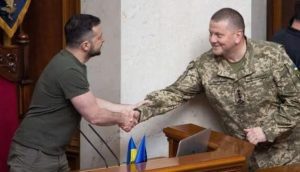
In other Eastern European countries, such as Romania and Bulgaria, greetings often involve a kiss on the cheek. However, the number of kisses exchanged can vary depending on the region. Two kisses are customary in some areas, while three or even four kisses may be expected in others. These kisses are not romantic gestures but a way to show warmth and familiarity.
Romania is a great example that practices kissing as a form of greeting, as mentioned above. When a Romanian meets a stranger, they are usually formal and reserved. However, when they meet with family and friends, they kiss and hug each other. It is also not unusual for a man to kiss a woman’s hand when they meet. It is a sign of deep respect.

Standard Greetings Across Eastern European Countries
Although Eastern European countries have unique cultures and traditions, particular greetings are shared across borders, connecting people throughout the region. For example, the warm and familiar “Dobrý den” (Good day) is used commonly in Czechia, Slovakia, and parts of Poland. Similarly, the friendly “Dzień Dobry” is heard in Poland and Belarus.
Another common greeting in Eastern Europe is “Zdravstvuyte” (Hello), used in Russia, Ukraine, and Belarus. This greeting reflects the Slavic influence in these countries and is often accompanied by a handshake or a nod.
In addition to verbal greetings, Eastern European cultures also emphasize non-verbal communication. For example, maintaining eye contact during a greeting shows respect and sincerity. It shows that you are fully present and engaged in the interaction.
Furthermore, body language plays a significant role in Eastern European greetings. A warm smile, a slight bow, or a nod can convey friendliness and openness. These subtle gestures help create a positive atmosphere and set the tone for further conversation.
Understanding Eastern European greetings is about more than just learning a few phrases. It is about appreciating the cultural nuances and the deep meaning behind these interactions. By taking the time to understand and embrace Eastern European greetings, you can forge meaningful connections and show respect to the people you meet in this diverse and fascinating region.
The Role of Greetings in Cultural Diversity
Eastern European greetings are not just simple gestures; they are windows into the soul of a nation. Each country in Eastern Europe has its unique way of greeting, and these greetings mirror the unique characteristics of each country, encapsulating their history, language, and customs.
For example, the Russian greeting “Zdravstvuyte” acknowledges the country’s Slavic roots and the importance of politeness within Russian society. This greeting carries with it a sense of warmth and respect, reflecting the cultural values of the Russian people.
In Poland, for instance, a traditional greeting involves a warm handshake accompanied by direct eye contact, signifying sincerity and trust.
In contrast, in Hungary, a greeting often involves a light kiss on both cheeks, symbolizing friendship and closeness. These subtle variations in greetings reveal the intricate web of cultural nuances that make each Eastern European country unique.

Greetings as a Reflection of Cultural Identity
Eastern European greetings are not merely superficial pleasantries but deeply rooted in the region’s cultural fabric. They reflect the historical, social, and linguistic influences that have shaped these societies over the centuries. By understanding these nuances, we gain a deeper appreciation for the rich tapestry of Eastern European cultures.
For example, in Romania, the traditional greeting “Bună ziua” means “good day” and carries a sense of formality and respect. This reflects the importance of politeness and proper etiquette within Romanian society.
Similarly, in Ukraine, the greeting “Добрий день” (Dobryy den) emphasizes the value placed on friendliness and warmth in interpersonal interactions.
Moreover, greetings can also reveal the influence of neighboring cultures on Eastern European societies. In countries like Bulgaria and Serbia, where the Orthodox Christian faith is prevalent, greetings often include references to religious customs and traditions. These greetings serve as a way to express goodwill and reflect the deep connection between religion and cultural identity in these countries.
How Greetings Foster Cross-Cultural Understanding
Greetings serve as bridges between cultures, enabling individuals from different backgrounds to connect and understand one another better. By learning and appreciating Eastern European greetings, we demonstrate respect and openness towards others’ traditions, breaking down barriers and building meaningful relationships based on shared understanding and mutual respect.
When we try to greet someone in their native language or follow their cultural customs, we show a genuine interest in their culture and a willingness to embrace diversity. This simple greeting can create a sense of belonging and acceptance, fostering cross-cultural understanding and harmony.
Furthermore, greetings can also serve as icebreakers in unfamiliar situations. When traveling to Eastern Europe, knowing the appropriate greeting can help establish a positive first impression and pave the way for meaningful interactions. It shows a willingness to engage with the local culture and can lead to deeper connections and enriching experiences.
The Influence of Eastern European Greetings on Global Culture
Eastern European greetings have not only shaped regional culture but have also made an impact on global etiquette and social norms. As societies become more interconnected, these greetings have transcended borders, finding their place in international interactions and contributing to the ever-evolving tapestry of global culture.
Eastern European Greetings in International Etiquette
Thanks to globalization, Eastern European greetings have gained recognition in international etiquette. Many countries now incorporate them into diplomatic protocols and business interactions. The warm embrace and exchange of kisses, commonly practiced in Romania and Bulgaria, have become a symbol of hospitality and goodwill, transcending borders and enriching mutual understanding.
The Spread of Eastern European Greetings Beyond Borders
With the ease of travel and global information sharing, Eastern European greetings have reached far beyond their original borders. Visitors to the region often return home enriched by their experiences and carry newfound knowledge of these unique greetings. This exchange of cultural practices helps to foster appreciation and understanding among people from diverse backgrounds, ultimately contributing to the vibrant tapestry of our global society.
The Future of Eastern European Greetings
As Eastern Europe continues to evolve in a rapidly changing world, the preservation and evolution of traditional greetings become crucial. Balancing the protection of cultural heritage with adapting to contemporary norms presents a challenge and an opportunity for these greetings to remain relevant and contribute to the cultural diversity of Eastern Europe and the world.
Preserving Traditional Greetings in a Globalized World
As societies become increasingly interconnected, maintaining traditional greetings becomes essential in preserving cultural identity. By actively practicing and passing these greetings to future generations, Eastern European communities can ensure that their rich cultural heritage remains alive and celebrated, even in the face of globalizing forces.
The Evolution of Greetings in Contemporary Eastern Europe
While tradition holds immense value, Eastern European greetings also adapt to contemporary social dynamics. Younger generations are reinterpreting traditional greetings, merging them with modern expressions of politeness and respect. This evolution ensures that Eastern European greetings remain relevant and relatable to younger populations, contributing to the continued vitality of these cultural practices.
Conclusion
Eastern European greetings are empty words and gateways into vibrant and diverse cultures. Understanding and appreciating these greetings contribute to our cultural awareness and foster cross-cultural understanding. As Eastern European greetings continue to influence global etiquette and adapt to a changing world, they enrich our collective heritage and highlight the beauty of our interconnected world.

